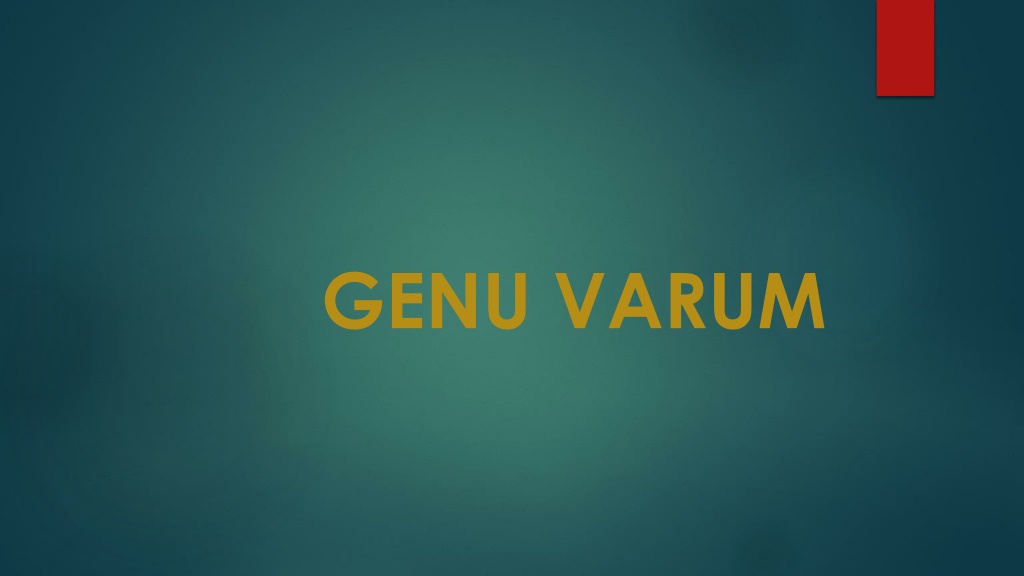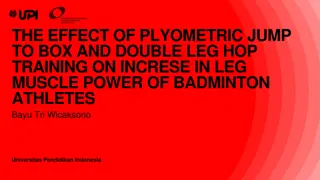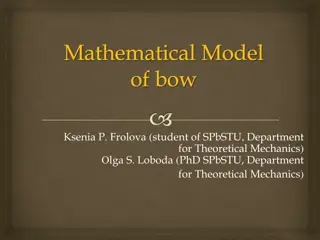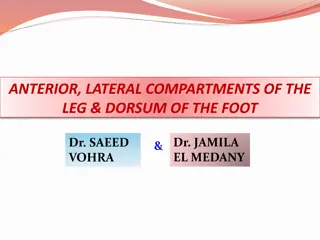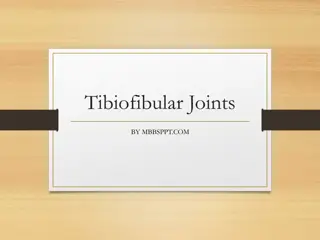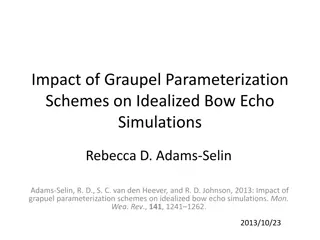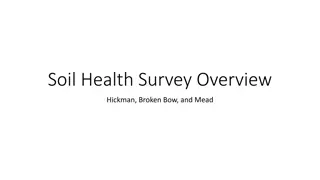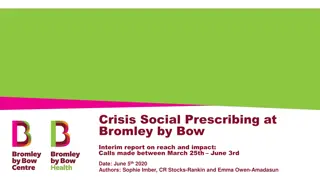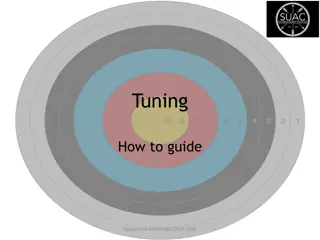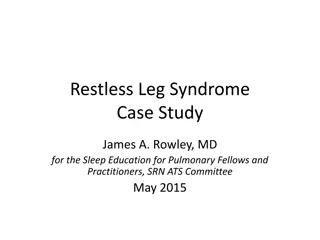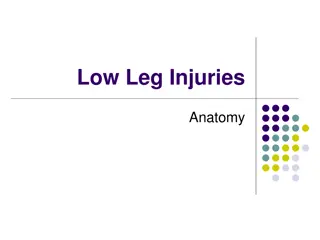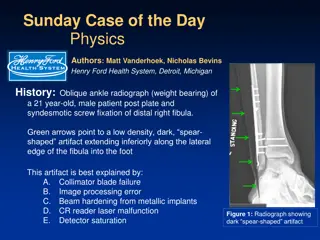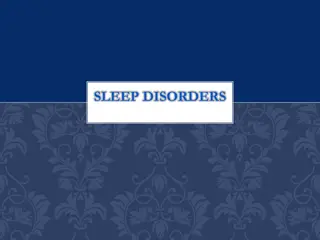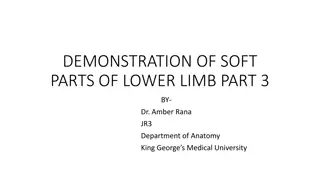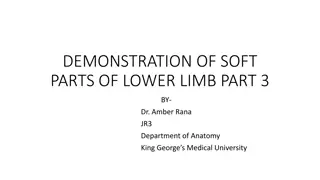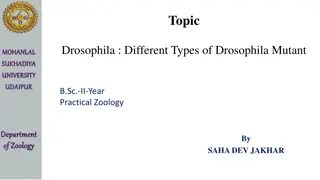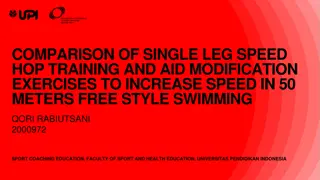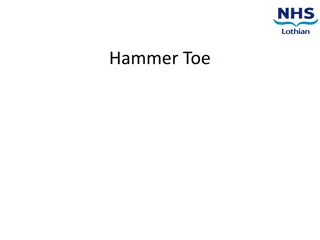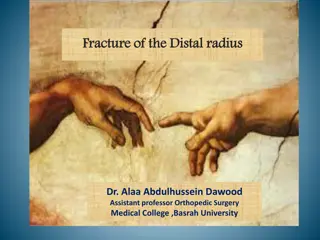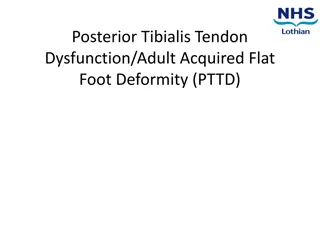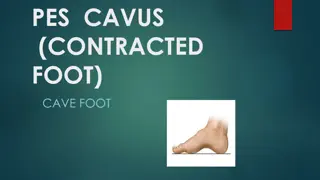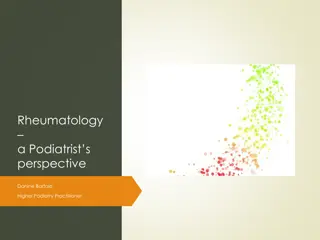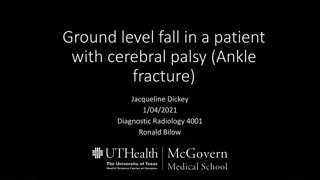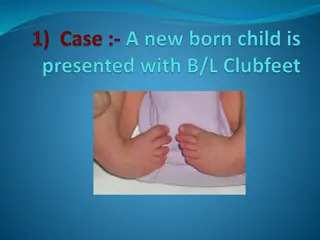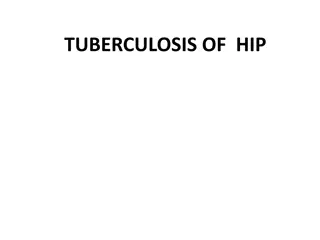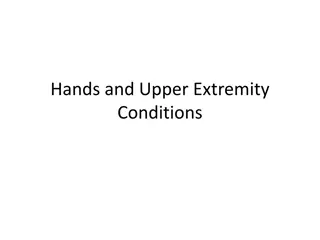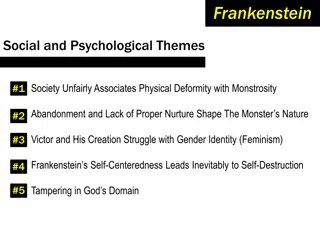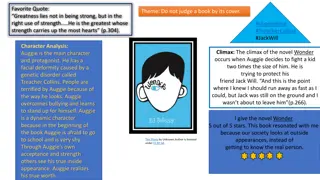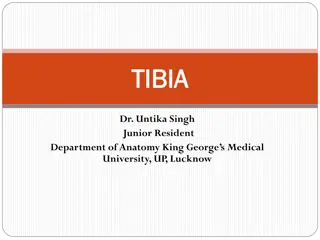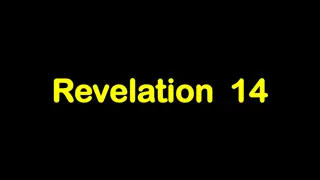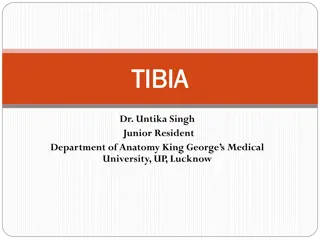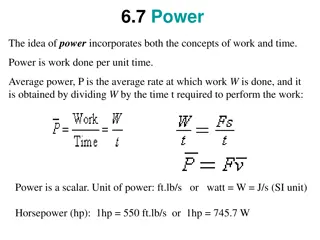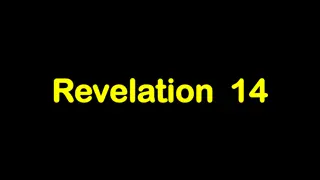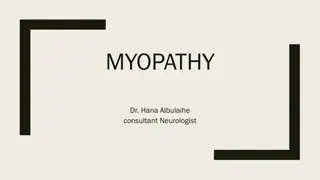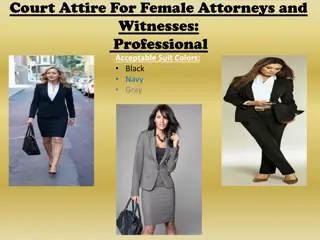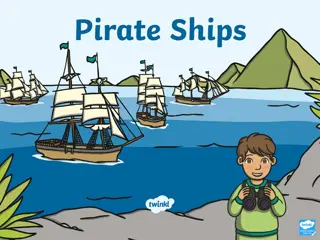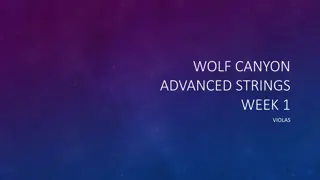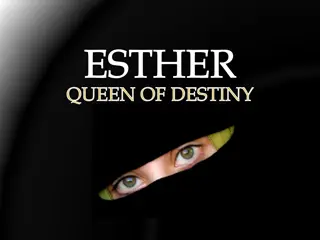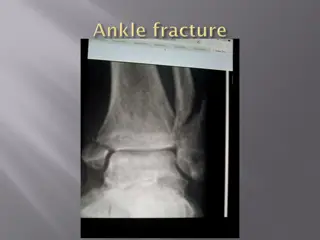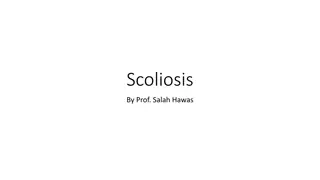Understanding Genu Varum (Bow Leg Deformity) and Its Management
Genu varum, or bow leg deformity, is characterized by lateral angulation of the tibia in relation to the knee, leading to a widened stance. Causes include early weight bearing, conditions like Blount's disease and rickets, and osteoarthritis in adults. Treatment options range from special shoes and braces to surgical correction, depending on the severity. Physiotherapeutic management focuses on gradual knee mobilization and strengthening exercises. Early intervention can lead to spontaneous improvement, while severe cases may require corrective surgery.
Download Presentation

Please find below an Image/Link to download the presentation.
The content on the website is provided AS IS for your information and personal use only. It may not be sold, licensed, or shared on other websites without obtaining consent from the author. Download presentation by click this link. If you encounter any issues during the download, it is possible that the publisher has removed the file from their server.
E N D
Presentation Transcript
DEFINITION DEFINITION Bow leg is a condition in which there is lateral angulation of the tibia in relation of the knee. Thus, in standing with the feet together, the knees remain wide apart. It is usually bilateral.
CAUSES CAUSES The main causative factor of this deformity is early weight bearing, especially in children who are fat and heavy. Blount s disease Rickets Paget s disease Dwarfism In adults, it could be due to OA of the knee joints.
PATHOLOGY In genu varum, there is lateral curvature of the shaft of the femur, tibia as well as fibula, the max. convexity being at the knee. In bow legs, only the shafts of the tibia and fibula are bent with lateral convexities. Internal rotation may be present at the hip joints with knees in hyperextension. The muscles and ligaments on the lateral aspect of the limb are stretched, whereas those of the medial aspect are shortened. The child adopt waddling pattern of gait with toes turned in and weight being borne on the lateral border of the feet.
TREATMENT Treatment option include: o Special shoes o braces o casts o surgery to correct bone abnormalities o treatment of diseases or conditions that cause bowlegs Mild cases : These occurs spontaneous improvement or full correction as the child grows up to the age of 5 years. Moderate cases : If the deformity persists, orthosis to pull the knee joints medially. Severe cases : Non responding cases are managed surgically by corrective osteotomy.
PHYSIOTHERAPEUTIC MANAGEMENT Gradual knee mobilization is the main part of the treatment. Some heat modalities may be given for relief of pain. Strengthening exercises for quadriceps, hamstrings and gluteus muscles are given. When the patient is able to walk, he is given correct training for standing, balancing, weight transferring and walking.
